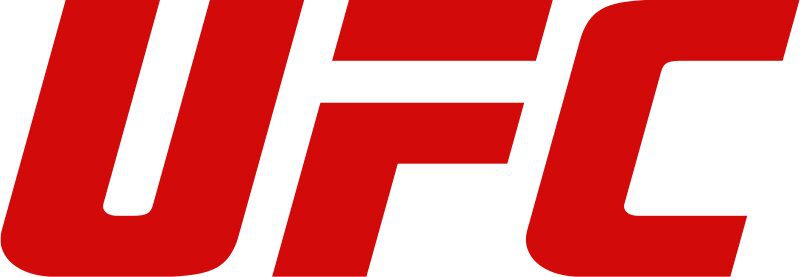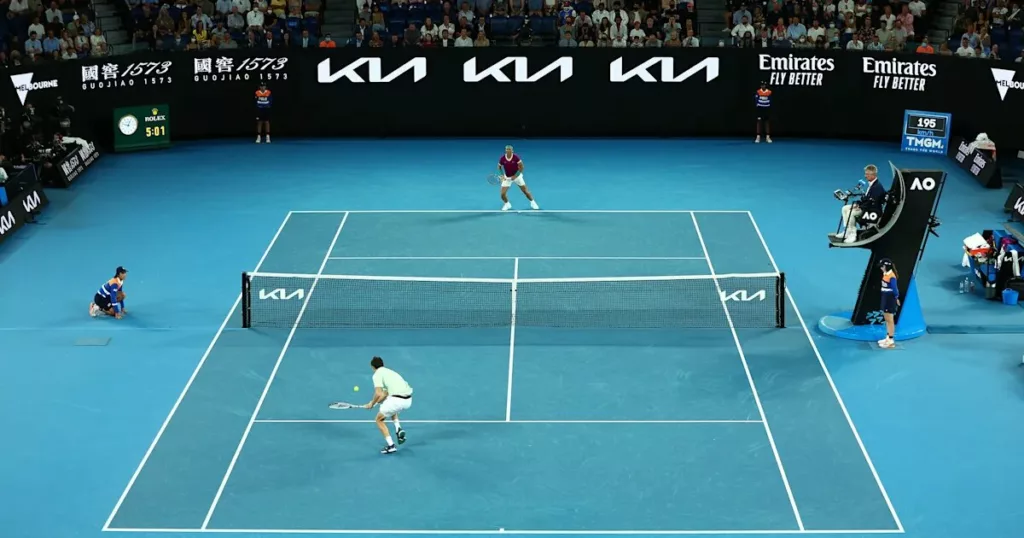Setting the Stage
In the world of sports, success is often measured in more than just trophies and titles. For athletes, a significant part of the equation is financial compensation. However, a stark contrast has emerged in how sports like tennis and the Ultimate Fighting Championship (UFC) distribute their revenue among athletes when compared to behemoths like the NBA and the Premier League (PL). This article delves into the dynamics of athlete earnings and how tennis and UFC athletes are receiving a smaller slice of the pie.

Icons of Wealth
The realm of sports has transformed into a realm of immense wealth for many athletes. Icons like Lionel Messi, Cristiano Ronaldo, Michael Jordan, Conor McGregor, LeBron James, and more serve as living proof of this transformation. They’ve risen from humble beginnings to amass substantial fortunes, largely due to their chosen sports.
UFC’s Revenue Surge
The UFC, under the guidance of Dana White and driven by its remarkable athletes, has experienced an unparalleled surge in revenue. Recently, the organization hit an astonishing milestone, surpassing $1.3 billion in revenue in the past year. It’s a historic moment in the UFC’s financial history.
UFC and Athlete Compensation: A Disparity
Despite the UFC’s meteoric rise, the expectations of substantial earnings for its athletes haven’t been entirely met. While the company’s revenue soars like a rocket, the share of revenue allocated to athletes falls short. In fact, when compared to major sports leagues like the NBA and NFL, the UFC’s compensation model leaves its athletes at the bottom. What’s intriguing is that the UFC’s athlete revenue share aligns more closely with that of tennis, rather than the more lucrative models in other prominent leagues.

Tennis: A Parallel Struggle
Tennis, seemingly a world apart from the octagon, shares a similar challenge regarding athlete compensation.
The Numbers: A Stark Divide
Reports reveal that the UFC allocates approximately 13-17% of its revenue to its fighters. This percentage pales in comparison to various tennis organizations, which share a more generous 18% with their athletes. The chasm widens when you look at the Premier League, a top-tier football league, which leads the way by generously distributing a substantial 71% of its revenue among its athletes.
The Unfair Reality
This glaring disparity in revenue sharing prompts a crucial question about fairness. Athletes, whether in the UFC or on the tennis courts, put in immense effort to attract fans and contribute significantly to the sports’ financial success. It appears unjust when their efforts result in a relatively smaller percentage of the earnings. Athletes in the NBA typically receive 50-60% of the revenue, while the PL sets an industry benchmark by allocating 71%. A more equitable distribution of revenue is needed to recognize athletes’ invaluable contributions.

A Glimpse of Hope: The UFC-WWE Merger
Recent news of the UFC’s merger with WWE under the TKO Holdings group has ignited hopes of a substantial revenue boost. With two sporting powerhouses collaborating, it’s reasonable to anticipate increased compensation for fighters, as they are the ones who draw the crowds.
Toward Fairer Compensation
This shift in the UFC’s financial landscape has the potential to catalyze change, not only within the organization but also across tennis organizations. Athletes, the driving force behind these sports, undoubtedly deserve a more substantial share of the revenue pie. As the boundaries between sports continue to blur, and revenue streams evolve, it’s high time that fair compensation becomes the norm, ensuring that athletes are duly rewarded for their indispensable contributions to the sports’ popularity.
UFC 293: Sean Strickland’s Shocking Upset Over Israel Adesanya
In the world of UFC, upsets are a part of the game, but some leave fans in awe. UFC 293 witnessed one such earth-shattering upset as Sean Strickland dethroned Israel Adesanya to become the new middleweight champion on 10th September. Strickland’s strategy was simple: overpower Adesanya and claim the title. As fans continue to digest this remarkable victory, one burning question remains – how much did “Tarzan” earn for this incredible win?

Strickland’s Triumph Over Adesanya
In a fight that will be remembered for years to come, Sean Strickland executed his game plan flawlessly. Relentlessly attacking Adesanya with powerful strikes, Strickland came close to securing a TKO victory. However, Adesanya’s unwavering determination extended the bout to the fifth round. Strickland ultimately secured a unanimous decision victory, with all three judges scoring it 49-46, marking one of UFC’s most significant championship upsets.
Earnings: What Did Strickland Take Home?
While the details of Strickland’s earnings from this fight are yet to be officially confirmed, we can make an educated guess. His earnings from his previous bout with Abus Magomedov were modest, totaling just $216,000, as it was a UFC Fight Night without any PPV share.
However, when factoring in his victory over Adesanya, including the win bonus, performance bonus, and PPV earnings, Strickland is expected to comfortably pocket nearly $1 million. It’s a remarkable payday for a fighter who wasn’t the favorite to win.

Adesanya’s Earnings: Still a Million-Dollar Fighter
On the flip side, Israel Adesanya, despite suffering a loss, is set to earn over a million dollars. His hefty base salary of $1 million ensures that even in defeat, he remains a high-earning fighter. With this intriguing outcome, fans are now eagerly awaiting the possibility of a rematch, hoping for another epic clash between these two warriors.
A Stunning Upset with Significant Earnings
Sean Strickland’s upset victory over Israel Adesanya not only shook the world of UFC but also potentially transformed his financial future. While Adesanya remains a million-dollar fighter, Strickland’s earnings from this monumental win underscore the unpredictable and financially rewarding nature of the UFC.








